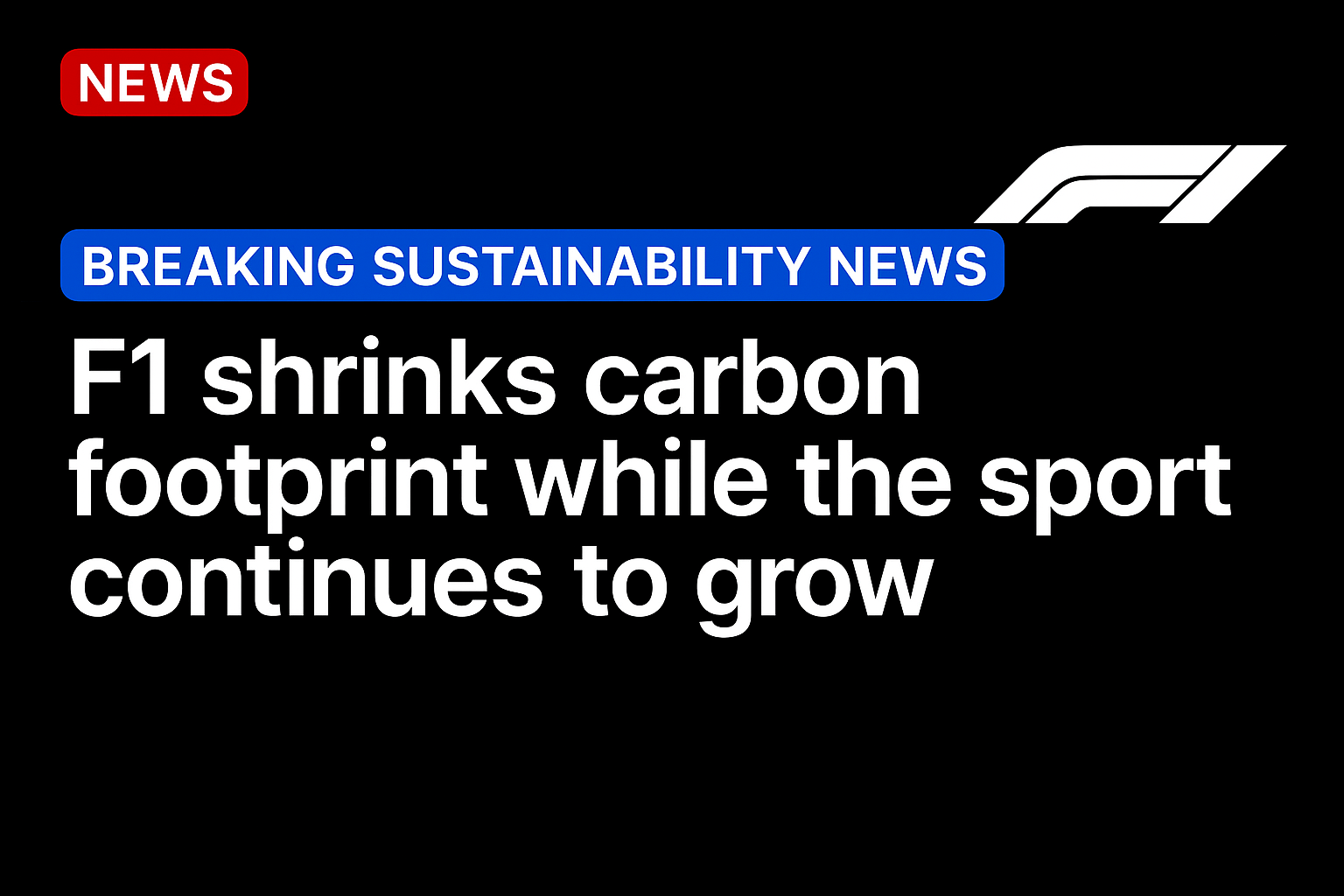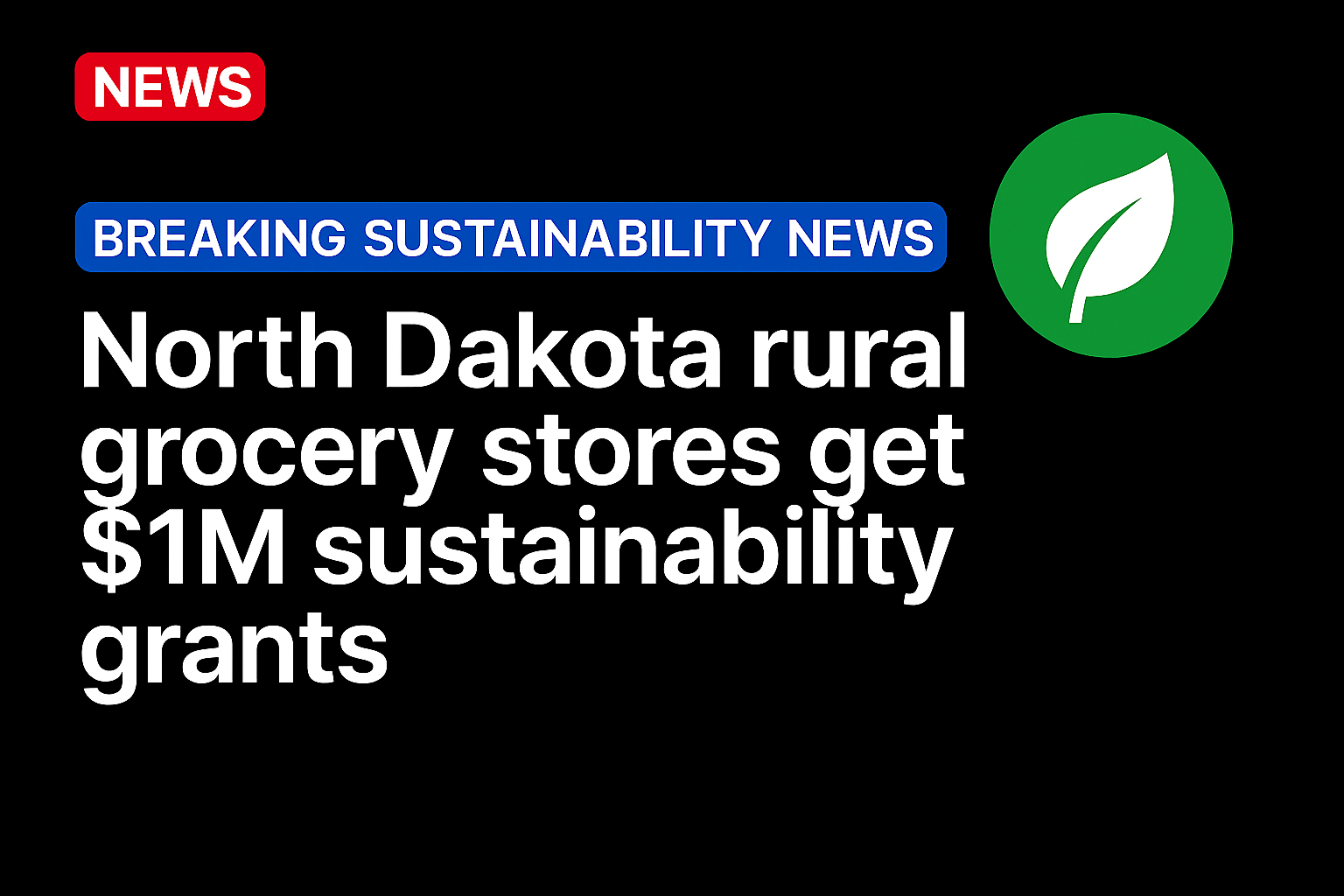F1 has cut its carbon emissions by 26% since 2018, keeping it on track to meet its 2030 Net Zero target. The drop comes despite the sport adding more races and gaining more fans worldwide. Key moves include switching to renewable energy, biofuels, sustainable aviation fuel, and smarter race scheduling.
Formula 1 has cut its carbon emissions by more than a quarter since 2018 and is on track to hit its 2030 Net Zero goal. At the end of 2024, the sport reported a 26% drop in emissions.
The improvement comes as the sport continues to grow. Formula 1 now holds 24 races each year, up from 21 in 2018, and attendance has jumped from 4 million to 6.5 million. The global fan base now stands at over 826 million. Despite this growth, emissions have gone down – something that would not have happened without changes to how the sport is run. Without the changes, emissions could have gone up by around 10% compared to 2018.
The Formula 1 report [PDF] shows that it’s is more than halfway to its target of cutting emissions by at least 50%. Any emissions that can’t be avoided will be balanced out using trusted offset programmes, the organisation promises.
At the end of 2024, Formula 1’s carbon footprint was 168,720 tonnes of CO2 equivalent (tCO2e), down from a revised 2018 figure of 228,793 tCO2e. The 2018 number was updated based on better data from suppliers and to match international reporting practices. The change helps make sure the progress shown is real and not just the result of new accounting methods.
Stefano Domenicali, President and CEO of Formula 1, said the goal of reaching Net Zero by 2030 is real and already showing results. “We’ve shown that it’s possible to grow the sport while also becoming more sustainable,” he said. He also said the switch to sustainable fuels in all F1 cars next year could lead to wider use in everyday vehicles and other transport.
A few key areas helped bring emissions down:
- Factories and offices: Emissions dropped by 59% compared to 2018, helped by switching to renewable energy.
- Travel: Emissions fell 25%, thanks to more remote broadcasting and the use of sustainable aviation fuel (SAF) for team travel.
- Freight and logistics: A 9% drop was achieved by using lighter freight containers, more efficient planes, SAF, and trucks powered by biofuels.
- Race events: On a per-race basis, emissions fell 12%, helped by cleaner energy sources at tracks and changes by key suppliers. Total emissions from races rose slightly, due to an increase in the number of events.
Ellen Jones, Head of ESG at Formula 1, said the results are the outcome of years of work in the entire sport. “Every part of Formula 1 has had to think differently and act more sustainably,” she said. The report notes further changes – like a more efficient race calendar starting in 2026 – are expected to drive even more improvement.
To help bring down its carbon footprint, Formula 1 has taken a range of steps in different parts of its operations. In 2024, it partnered with DHL and Qatar Airways to use SAF for air freight, which helped cut emissions by about 8,000 tonnes of CO2 equivalent. A large portion of race broadcasts is now handled remotely, reducing the number of people and equipment flown to each race. Formula 1 has also invested in lighter, more efficient freight containers that make it possible to use fuel-saving aircraft like the Boeing 777, helping reduce emissions by around 9,000 tonnes.
Factories and other facilities in the sport are shifting to renewable energy, leading to a drop in related emissions. At race events, about 80% of race promoters are now powering at least parts of their operations with solar energy, green energy tariffs, or biofuels. In Europe, Formula 1 has expanded its use of low-carbon energy systems with support from Aggreko, using biofuels, hydro-treated vegetable oil (HVO), solar panels, and battery storage. These are expected to reduce energy-related emissions at races by more than 90% in key areas like the paddock and pit lane.
Freight emissions have also fallen thanks to trucks powered by biofuels, cutting related emissions in Europe by an average of 83%. The sport has also reworked parts of its race calendar to reduce the need for long-haul travel. In 2024, for example, the Japanese Grand Prix was moved to April to better align with other races in the Asia-Pacific region, while events in Azerbaijan and Qatar were adjusted to fit more closely with nearby races. From 2026, the European part of the season will be held in one block to avoid an extra transatlantic crossing.
Formula 1 is also expanding its use of sustainable fuels in racing. By 2025, all Formula 2 and Formula 3 cars are expected to run on advanced sustainable fuel, with Formula 1 itself set to follow in 2026 alongside the introduction of new hybrid engines. The fuel is designed to be compatible with regular road cars, offering a possible alternative for everyday use. Even the tyres used in races have changed – now made from certified natural rubber sourced from sustainable forestry. Pirelli, Formula 1’s tyre supplier, also recycles all tyres after each race, uses 100% renewable energy in manufacturing, and relies on virtual design tools to cut down on waste during development.
As Formula 1 continues to grow as a global sport, it’s showing that reducing emissions doesn’t have to come at the cost of performance or expansion. With changes already in motion and more on the way, the sport is aiming to reach its Net Zero target by the end of the decade – and may help shape how other industries think about sustainability in the process.
Source: https://sustainability-news.net/




